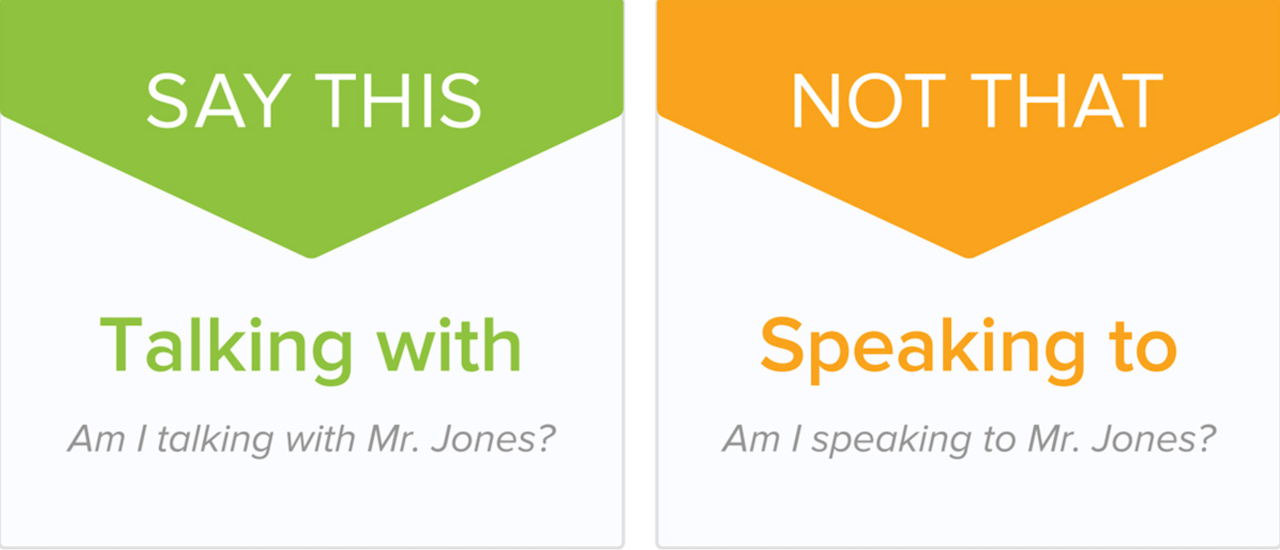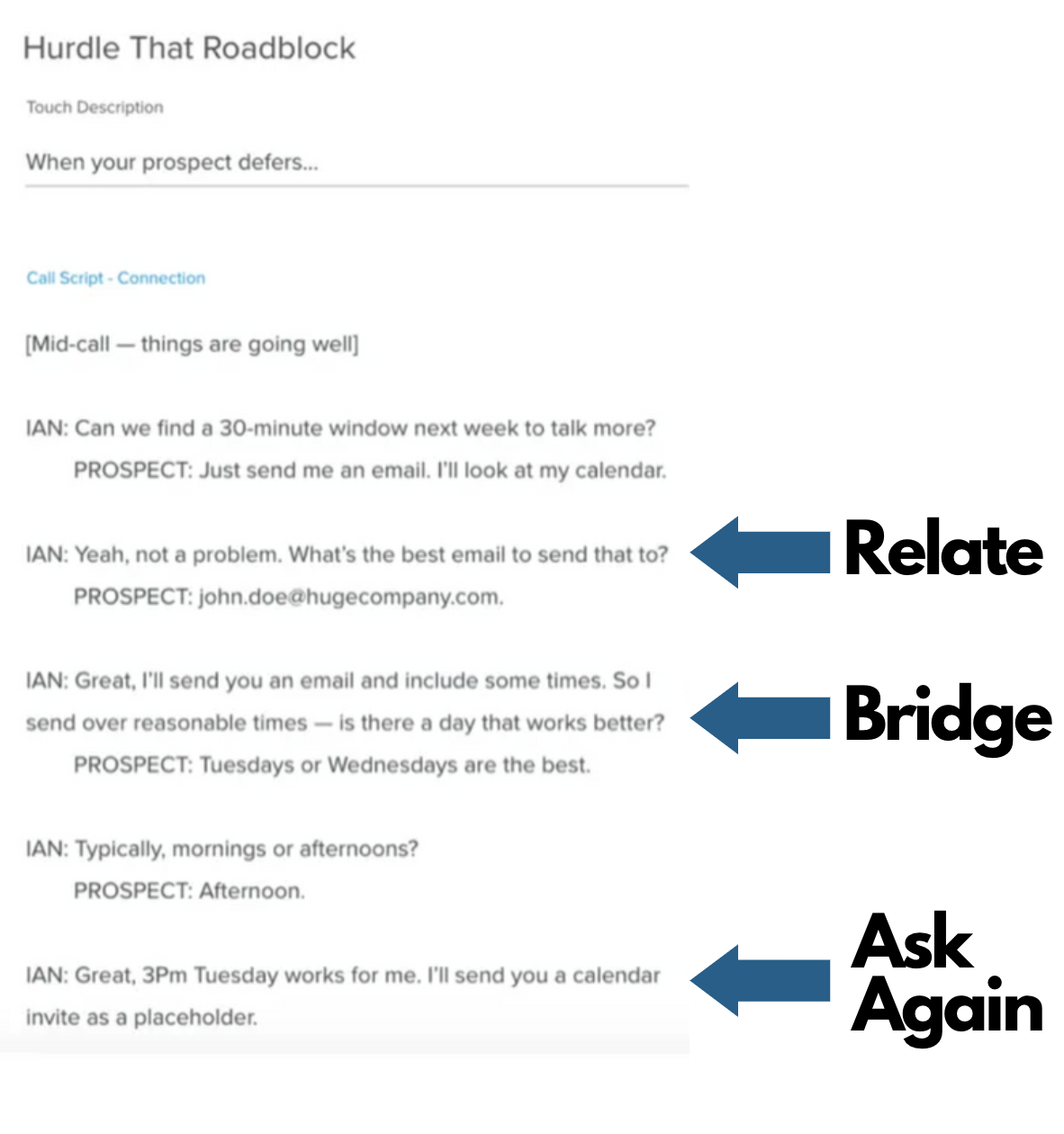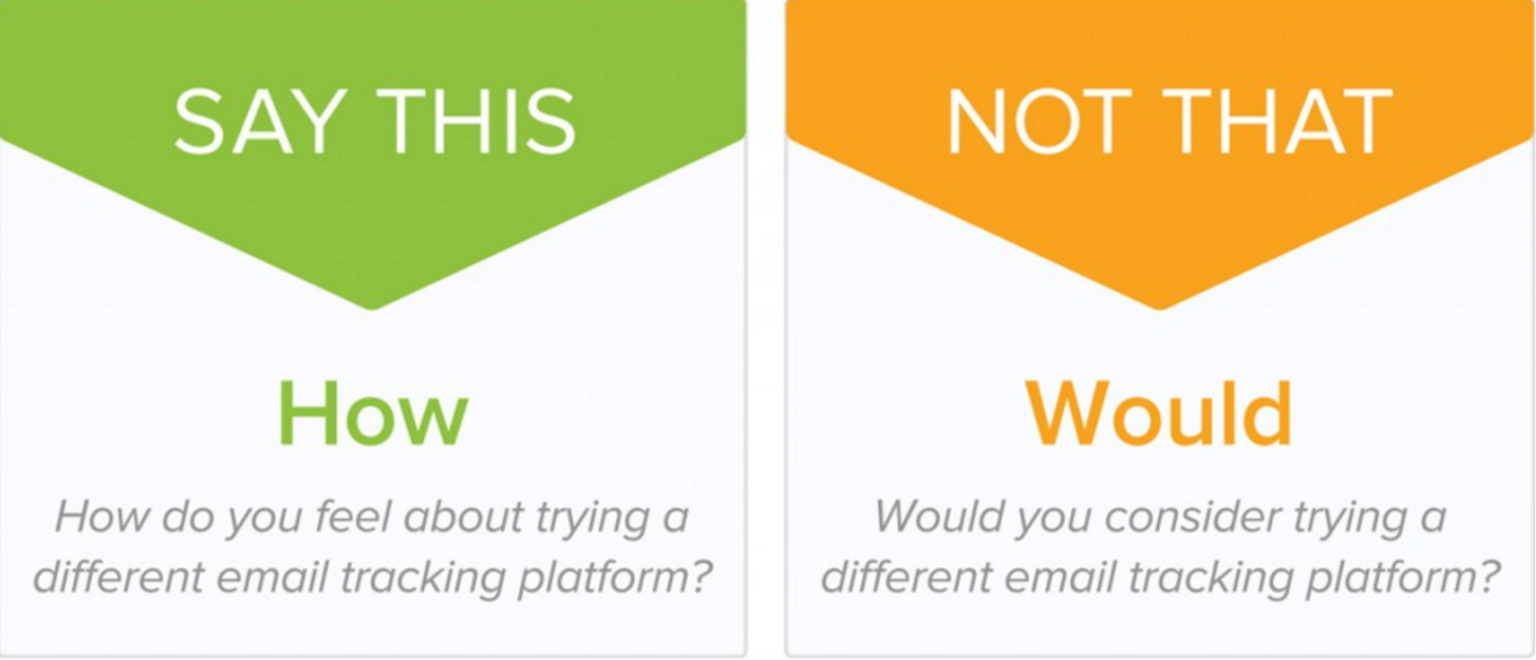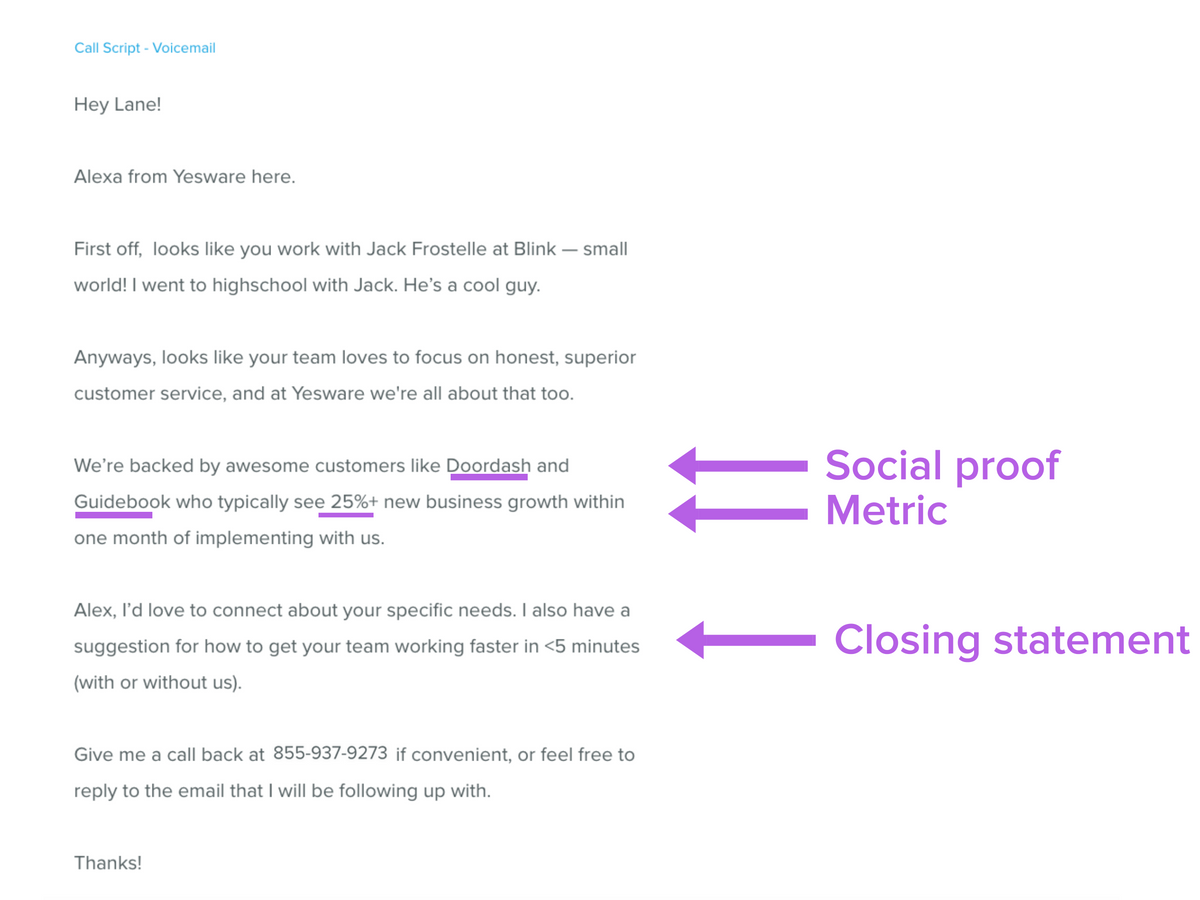Cold Callers: Are They Still Relevant in Today’s Sales Environment?
- February 19, 2023
- Outbound Sales, Sales
Are cold callers still relevant to sales today?
In today’s world, sales and marketing have undergone a sea change, with the advent of digital marketing and inbound marketing techniques. Companies are now investing in social media, content marketing, email marketing, and other similar channels to attract and engage potential customers. However, even with these advancements, cold calling is still one of the most traditional yet powerful tools used by sales professionals to reach out to prospects.
In this blog post, we will take a closer look at the role of cold callers in the modern-day sales environment. We will explore what cold calling is, why it is still relevant, what makes a good cold caller, and the challenges faced by cold callers.
What Is Cold Calling?
Cold calling is a sales technique where sales reps call potential customers they’ve never interacted with before in hopes of getting them interested in their product or service.
Let’s face it, cold calling is tough. It’s incredibly difficult to call a stranger out of the blue, quickly engage them, and successfully pitch your product or service. And doing it consistently is even harder.
But if done right, cold calling can be extremely lucrative. Especially in the remote world of 2022.
What is the law on cold calling?
Cold calling is legal as long as you follow certain rules and regulations. However, Illegal cold calling occurs in the following situations:
- When a salesperson ignores telling the potential prospect their name, their company’s name, telephone number, or address;
- If a salesperson ignores a prospect’s request to leave and not return;
Failing to comply with these regulations might result in committing a criminal offense.
How long should a cold call take?
According to some of the most successful cold calling campaigns, a cold call should take 7.5 minutes on average.
Put simply, an ideal and average cold call time should be just enough for your sales reps to deliver the sales pitch and get the prospect on board.
The average cold call time is around 7.5 minutes. However, the longer the conversation goes, the more chances for success.
How long does it take to make 100 cold calls?
Making 100 cold calls could take you between 1-5 hours, but this greatly depends on the dialing system you’re using. If you want to improve your cold calling efforts, you’ll need a proper sales strategy.
Start by choosing the right dialing system for your needs and think about the number of prospects you need to reach daily to achieve your target. The time it takes to make 100 cold calls depends on how many numbers your system can dial at once, as well as the number of prospects you actually reach.
How successful is cold calling in sales?
While cold calling can result in making an actual sale, its success rate greatly depends on the type of business you’re running and the prospect you’re trying to reach.
There are some estimations indicating that cold calling has a 2% success rate. However, cold calling can improve your conversion rates by 20%, increase your closing rate by as much as 50%, and help with improving bad sales.
Ways to Prepare for Your Cold Call
1. Research, Research, Research
Researching your prospect should be a pre-call ritual. Your outreach strategy should always begin with research.
By tracking down key information about them, you can deliver calls with value and keep their attention. Without research, you appear selfish by showing zero investment in the person on the other end of the phone. Your prospects will appreciate the extra effort made with personalization and will open up to better conversation.
Pre-call research also helps you enter the sales conversation with a better vision and have a tailored message from the get-go.
Check their LinkedIn, company site, your CRM (for possible past engagement), social media, etc.
2. Write an Outline of What You Want to Say
Write up a quick (30 seconds or less) cold call script that you can reference on the phone. The idea isn’t to read from this verbatim but to use it as a guide to help you communicate your message clearly and confidently.
In your cold call script, you should effectively answer these questions:
- Who are you?
- Why are you calling me?
- How do I actually benefit?
- What are you asking for?
Remember: The goal of a cold call isn’t to pitch to someone on the spot. You’re just trying to get them to commit to a meeting at a later date.
3. Take 1-2 Hours to Go Through Your Call List (Undistracted)
The only thing in front of you should be your call list and script.
Anything else can be a distraction that prevents you from being fully present with the person on the other line.
4. Calculate How Many Calls You Need to Make to Hit Your Goals
Do you know how many cold calls you need to hit your monthly quota?
We’ve got you covered. Check out our Interactive Cold Call Worksheet below to work backward from your goals and hit your quota each month.
5. Prepare a Strong Opening Sentence
You have ten seconds to prove that you’re worth talking to, so differentiate yourself from other callers. After introducing yourself, turn the focus to your prospect by weaving in your research and personalizing the phone call.
For example, you could open up with a compliment on a recent professional accomplishment you came across through research.
Here are some strong opening sentences about your prospect, not you.
“I saw your post about _____”
“I noticed you manage _____”
“Congratulations on _____”
“Great insights on _____”
“I’m inspired by the work you’ve done on _____”
6. Let Rejection Motivate You
Rejection brings emotional pain.
We can relive and experience social pain more vividly than physical pain, so it’s easy to get discouraged by a bad call.
The best sales reps keep a positive attitude, pick up the phone, and continue learning from their mistakes.
7. Practice Makes Perfect
Never go into a cold call completely, well, cold.
Simply rehearsing what you’re going to say builds confidence which leads to better performance. Try practicing before dialing.
The more confident you become, the easier cold calling will be.
8. Overcome Call Reluctance
Studies show that 80% of new salespeople fail due to call reluctance. It’s completely normal to feel jittery before a cold call, but with the right measures, you’ll be able to conquer that.
Next time you’re feeling nervous:
- Take positives where you can: Regardless of the outcome, look at every call as a learning experience. Learn from the negatives and embrace what goes right.
- Use essential oils: Pick a scent that relays fond memories. Essential oils can trick your mind into moving to a place of positive power.
- Look at a photo of a loved one: Seeing someone you love makes you feel happier, relieves pain, and makes you less susceptible to anxiety.
9. Know the Best Times to Make Cold Calls
Weekday afternoons are the best time to make cold calls, according to Yesware’s analysis of over 25,000 sales calls.
The majority of calls lasting over five minutes occur between 3:00-5:00 pm on Tuesdays or Thursdays.
10. Use Trigger Events to Get Your Foot in the Door
If you contact someone right after they close a contract with your competitor, chances are they won’t bite.
But if you know exactly when they enter the market for a new vendor and reach out before they start the search, your seemingly serendipitous call may be received with much more interest.
The good news is that the secret to perfect timing isn’t really a secret. You can pick up on these opportune moments — known as trigger events — by keeping tabs on publicly available information that surfaces every day across a variety of online channels.
Use services like Google Alerts or Mention to keep an eye out for things like:
- New executive hires → A new member of the C-suite wants to prove his or her value and may be more open to new ideas than already entrenched business leaders.
- Winning large contracts/large customer announcements → Drop a line to say congratulations.
- Company expansions → A new location or geographic change could be a primary upsell or introduction opportunity.
- Mergers & Acquisitions → If one party is already a customer, this could be a golden opportunity to get your foot in the door and bring in add-on revenue.
- Funding → Your prospect is up to eight times more likely to buy from you after they experience an event where they can afford to change.
- Behavioral indicators → Is your prospect looking at an email you sent? Go get ‘em — you’re more likely to grab their attention while you already have it.
11. Make a Good First Impression by Saying “Talking with,” Instead of “Speaking to”
When you cold call a prospect, the first thing you want to know is that they are in fact the person you’re trying to reach. The way you verify their identity is this person’s first impression of you, so it’s critical to get this right.

Try to use the words “Talking with” when you get someone on the line. These two words imply that you and your prospect are going to be engaging in conversation.
In contrast, “speaking to” describes a one-way action. It suggests that you are going to broadcast your message — whether they want to listen or not.
12. Use The Best Friend Formula to Turn Indecision into Booked Meetings
Coined by Yesware sales extraordinaire Ian Adams, this three-part formula for overcoming sales objections tells you exactly how to respond to “Could you just email me your information?”
While it may be tempting to agree to follow up over email (and hop off the call), there’s a better way to give your prospect the information they need to make an informed decision and take a meeting. One that doesn’t involve your message going into a black hole.
This three-part formula helps overcome sales objections by establishing harmony – it reassures people that you’re on their side, like a best friend.
Let’s look at a real-world use case for the sales objection “Email me your information.” Don’t fall for the brush-off. Instead, treat the person on the other end of the line like they’re your friend you can relate to, and that you genuinely want to help.
Here’s how Ian Adams used this formula to successfully turn a cold shoulder into a booked meeting:

13. Ask Open-Ended Questions
By starting your question with ‘who,’ ‘what,’ ‘where,’ ‘when,’ and ‘how,’ you give your prospect more room for response.

Cold calling is a two-sided conversation and you want to learn as much as you can about your prospect, what they do, and their needs. By asking how they feel, you open up more opportunities for discussion.
14. Lead with Them, Not You
Fact: People spend 60% of their time talking about themselves. Self-disclosure produces a burst of activity in neural regions associated with pleasure, motivation, and reward.
Keeping the focus on your prospect works wonders for both parties: your prospect gets to talk about their favorite topic (themselves) and you can gain their attention in interesting, unique ways.
15. Listen More Than Talk in Your Cold Calls
This is one of the simple cold-calling tips: Don’t just talk at them.
Listening is an easy way to build rapport because it makes a person feel valued and it can give you the opportunity to learn more about their needs and concerns.
In fact, studies show that top sales professionals speak 43% of the time and prospect speaks 57% of the time.

16. Stay on Track Throughout the Call
It’s easy to get lost in the shuffle of a cold call.
Engage, and ask questions, but remember to stay on topic. Take notes, stay organized, and remember your ultimate purpose.
17. Keep It Positive
Positive thinking is scientifically proven to build your skills, boost your health, and improve your work.
Much like overcoming rejection, don’t let defeat (or negative thinking) get the best of you. Every mistake you make is an opportunity to learn and do a better job in the future.
18. Leave a Voicemail
Think of it as an audio email, and keep it to 20-30 seconds. Don’t worry about a reply; just focus on continuing to nurture your prospect’s trust in you.
At the beginning of your voicemail, insert your connecting statement (after you say who’s calling) then end with a note that triggers curiosity.
Let’s look at an example.
The voicemail script below combines a trifecta of persuasion techniques:
- Social proof
- A metric that makes the value statement more compelling
- A closing statement that sparks curiosity and is scientifically proven to drive action.

How to Create a Cold Call Script
The typical cold-calling script most salespeople use clearly doesn’t work. Here’s how to create the best cold call script ever (we might be a little biased) to improve your connect rate.
1. Identify 2-3 verticals.
First, you need to cherry-pick who you’ll call. Your time is valuable — don’t waste it on prospects that aren’t a good fit for your product. Think about who your best customers are (or who you’ve had the most success calling in the past) and look for common attributes.
For example, maybe your verticals are hospitality and retail. Or perhaps they’re finance and banking. Once you’ve figured out which verticals to target, you’re ready for step 2.
2. Identify 20 good-fit prospects.
It should now be much easier to find specific companies or people who could use your product or service, especially when using a tool like LinkedIn.
Let’s say you’re looking for US-based hotel companies who might benefit from your on-site goat yoga classes (who doesn’t want to do Shavasana with a baby goat while they’re on vacation?).
Search “General manager” with the “Hospitality” filter.

Voila — a list of potential customers.
Bonus points if you look for local or regional companies, as people love to do business with other locals.
3. Research each prospect.
I know, I know, you’d rather just pick up the phone and call. But trust me, spending just a minute upfront will make you wildly more successful. So do it!
Since you’re already on LinkedIn, check out each prospect’s profile to personalize your approach. You’ll want to know:
- What the company does
- What the prospect does specifically
- If you’ve helped a similar company in the past
- One “fun fact” about them
Here’s one thing I never fail to do: I look up how to pronounce the prospect’s name.
Nothing makes people more annoyed and less likely to listen than hearing their name butchered by some fast-talking rep, so this step is crucial.
And if you’re still out of luck? Simply ask, “I want to be sure I’m saying your name correctly. How do you pronounce it?”
The Best Cold Calling Script Ever To Warm Up Leads
If you’re having trouble coming up with a cold call script of your own, try this one. Here, the sales rep keeps it simple by focusing on introducing themselves, establishing rapport with the prospect, and using a positioning statement.
Sample Script
Hi [prospect’s name], this is [your name] from [your company name].
I’ve been doing some research on [prospect’s company name] and I’d love to learn more about [challenge you’ve discovered in your research].
At [your company name] we work with people like you to help with [value proposition 1, value proposition 2, and value proposition 3.]
Is this something you think could help with [common challenges/pain points]?
Option 1: Yes, tell me more.
Great! [This is where you’re going to ask them to attend a demo or continue the conversation with an Account Executive or take whatever next steps are part of your sales process.]
Option 2: Objection
I understand. Is it ok if I send you a follow-up email to review at your convenience? Then I can follow up with you tomorrow.
If yes, send the email and set a reminder to follow up. If not, thank them for their time and ask if there’s another point of contact they can connect you with. Make sure to include resources that clearly explain what your company does and ask to continue the conversation.
You may have noticed you’re not really cold calling anymore, as you’ve already winnowed down your list and done some homework all before picking up the phone. I promise you, my friend, this extra work will be worth it.
Now let’s get to the script.
1. Introduce yourself.
First, say your name and which company you work for. You need to sound confident and energetic. I can’t tell you how many cold calls I listen to that begin with, “This is Blahh from Blahh”
The prospect goes, “What? Who??” Right from the start, the call is going poorly.
You don’t need to yell your greeting, but you do need to articulate the words.
After you say, “This is [name] from [company],” pause.
This is hard for cold callers. They want to jump straight into their pitch. But I want you to take a deep breath and say nothing for eight whole seconds.
While you’re pausing, your prospect is searching their brain for who you could be. It sounds like you know them — are you a client? A former coworker? A current one?
2. Establish rapport.
Now that the call is already deviating from the standard cold call, ask them a question to establish some rapport. Your goal here is to get them talking and prove you’re familiar with them and their company.
Here are some sample questions:
- So, [prospect name], I see you went to [university]. How did you like it?
- Wow, you’ve been at [company] for [X years]. How did you get started there?
- Congrats on your recent promotion. How is the new role?
A good question is topical and makes someone smile. If they seem receptive to chatting, ask them a follow-up question.
For instance, if they say, “I loved going to Cal Poly; the English department was fantastic,” you can respond, “That’s great. Should I recommend it to my niece who wants to be a writer?”
Eventually, they’ll say, “Alright, why are you calling?”
I cackle. Seriously.
They’ll laugh because you’re clearly having fun.
The answer is, “Sometimes I forget.” Laugh again.
Trust me, this always lightens the mood. (Unless your prospect is in a major hurry, in which case, you should get to the point.)
3. Use a positioning statement.
A positioning statement shows your prospect that you work with similar companies and understand their challenges. You’re not talking about yourself, which is what most cold callers do.
Here’s a hypothetical positioning statement:
“I work with sales managers in hospitality with five to eight reps on their team. My customers are typically looking to increase rep productivity. Does that sound like you?”
Since you’ve pre-qualified them, they’ll always say “yes.”
Simply say, “Tell me more about that.”
Now, it’s all about them! They’ll explain their pain points and objectives, which is valuable information you can use to build your sales pitch.
Serial Seller Summary
Cold calling is a way to engage prospects one-on-one to move them to the next step in the buying process.
In the past, cold calling meant using a “spray and pray” method, spending time making intrusive calls with no prior qualification, and hoping that your message would resonate with someone.
But that’s no longer the way to do it. Not only does it waste time and energy, but you end up facing more rejections than you normally would, which can quickly lead to burnout.
When we talk about cold-calling at The Serial Seller, we really mean cold outreach, Reaching out to prospects who don’t buy anything from us, but have engaged with us at one step of the sales and marketing funnel.
Our cold callers will qualify a prospect in or out faster than any of our other systems could and they will book in a qualified lead to my calendar straight away.
If you want to learn more about what we do here at The Serial Seller, Book a Call Now!
About us and this blog
We are a Full-Service Sales & Marketing provider that aims to help small to medium businesses increase their leads and sales while helping remove the business owners from their day-to-day activities so they can focus more on the long-term goals of their business.
Book a Meeting with us!
We offer Done-For-You Sales, Sales Coaching, and Advisory as well as Digital Marketing Services. If you want to increase the leads generated for your business and need some guidance and accountability, book a call with us now.

